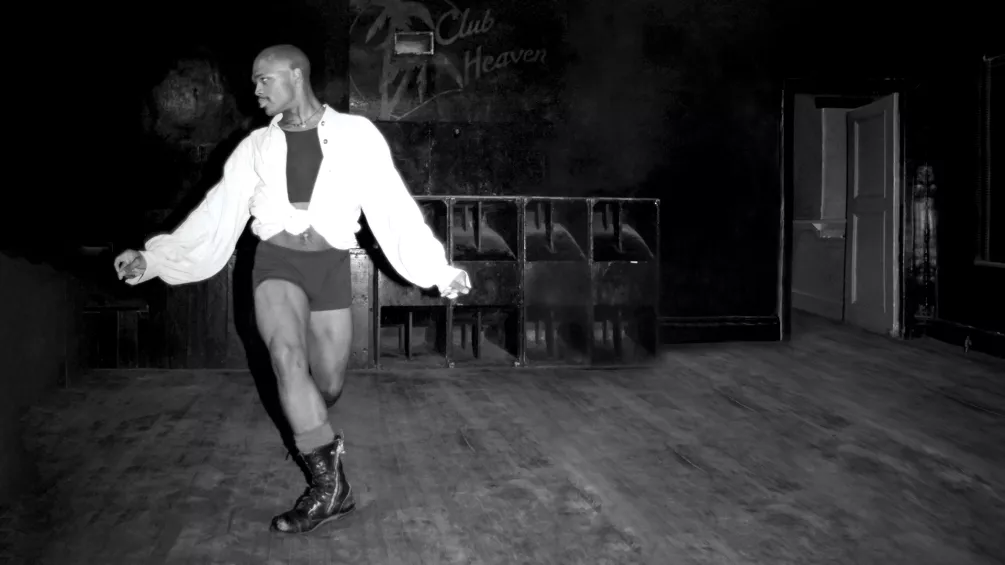
As rave approached, Reaume formed a diverse crew of artistic partiers to brainstorm how to keep the D in techno — and keep things underground. Called Voom, to reflect both the city’s car-centric industrial past and a retro-futurist vision of what was to come, the anonymous collective, at times numbering almost 20, was centred around the Wayne State University campus, and steeped in the French critical theory, Afrocentric hip-hop, avant-garde graphic design, and the Gulf War protest spirit of the moment. Queer members brought in homocore punk vibes and a photocopied zine aesthetic. A pre-Internet network of Midwestern US ravers helped spread the word through xeroxed flyers passed out at gay bars, after-hours parties, and record stores.
Voom threw Detroit’s first all-night official “rave”, Klonk, in 1992 in the same building as the former Music Institute, with techno radio pioneer Alan Oldhamm, AKA DJ T-1000, headlining and a slate of queer DJs backing him up. “We filled the floor with a thick layer of styrofoam packing peanuts and trained a black light on it so you could trace the movements of the dancers,” Reaume says. “It was as budget as we could make it while also looking pretty cool.”
Voom threw raves in a disused aeroplane hanger, an old power plant, an abandoned janitor supply warehouse, and a former gentlemen’s club-cum-castle, transforming each space with a handmade aesthetic, jerry-rigged sound systems, and stacked line-ups: Saunderson, Hale, Atkins, Hawtin, Claude Young, Derrick Carter, Lil’ Louis, Mike Huckaby, and D-Wynn all played its poetically named parties (Skylab, Calgary, Stop The Pigeon, Cindy’s Cat), until the collective disbanded in 1994.
